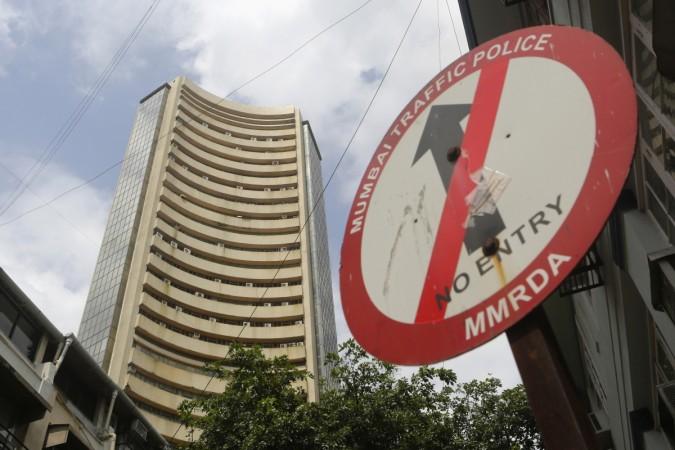
After the 11,760-level breakout failed and the benchmark index fell through multiple supports, traders expect further weakness. The index closed in the red for eight successive sessions. Any likely dead-cat bounce will accord an occasion to sell, according to market observers. Technical experts see a strong resistance zone in the 11,500-11,550 zone.
The market has given much of the gain since is the rally began October last year. If the National Stock Exchange (NSE) Nifty fails to hold above the 11,000-level, a fall to 10,000 level could be expected, according to some technical experts. The domestic equity market continued to correct through the week ending in the red for eight sessions. Volatility index India VIX rose again last week by 9.58 percent to 26.33 touching the 2015 levels. Nifty's net loss during last week was 433 points or 3.70 percent. Bombay Stock Exchange (BSE) benchmark Sensex closed at 37,462 points on Friday, down 1,325 points or 3.42 percent for the week.
Growing caution ahead of the May 23 result of the general election to the Lok Sabha could enhance the market's volatility and bearish pressure. The growing perception that Prime Minister Narendra Modi might return to head a minority government led by the Bharatiya Janata Party (BJP) has added to market concerns.

The premium on Nifty 50 futures has shrunken to about 10 points or 0.08 percent from an average of nearly 0.5 percent two weeks back. Nifty 50 May FUT closed on Friday at 11,288, about 0.41 percent down from the day's opening. In comparison, Nifty 50 closed at 11,278 points, shedding 0.2 percent during intraday trade. Studies show the relative strength index (RSI) on the weekly chart at 52.32, emphasizing a lack of trade momentum and does not show any appreciable divergence from price action. The moving average convergence divergence (MACD) indicator for the same frequency is still bullish, but the converging 9-day and 26-day moving averages signify a likely turnaround.
Foreign portfolio investors (FPI) pulled out a net Rs 3,207 crore from the market in May hastening the market decline, according to an agency report. The worsening US-China trade wars and India's rising political uncertainty are to blame for the reversal of the trend during the first four months of the calendar year. FPIs had poured a net Rs 16,093 crore in April, Rs 45,981 crore in March, and Rs 11,182 crore in February into both equity and debt markets.
The continuing results season offers room for stock-specific play while companies with exposure to western markets may be on shaky ground. More than 400 companies are scheduled to report their FY19 Q4 results this week. FMCG major ITC will come out with its March quarter earnings on Monday. The market expects ITC to report about Rs 3,226 crore net profit, up 10 percent year-on-year (up 0.5 percent from the previous quarter). Net sales are projected to rise by 8 percent Y-o-Y (up 2.1 percent over the previous quarter) to Rs 11,460 crore. HDFC, scheduled to declared its March quarter earnings on Monday, is another keenly watched scrip. The market expects robust growth in the company's market share.








